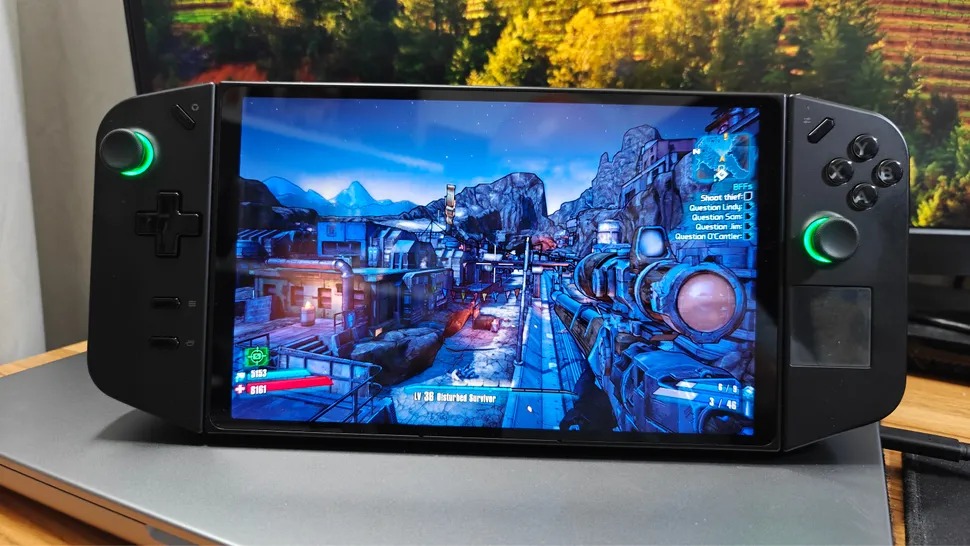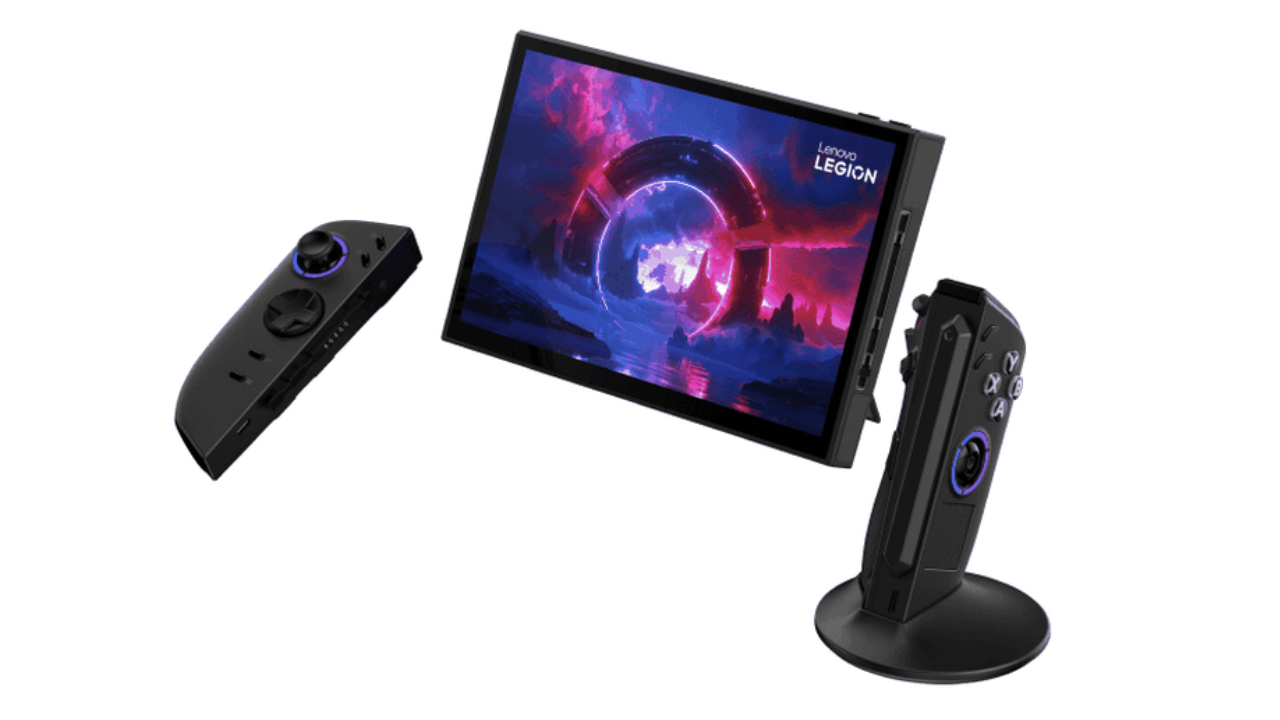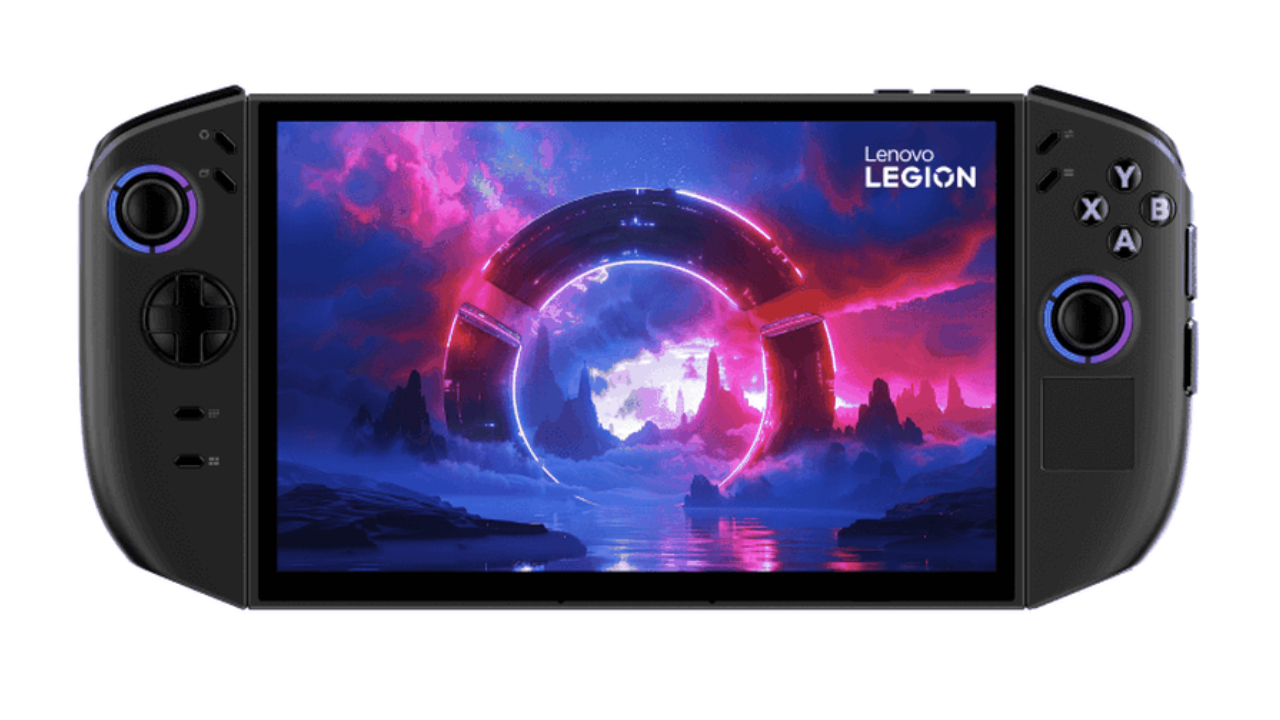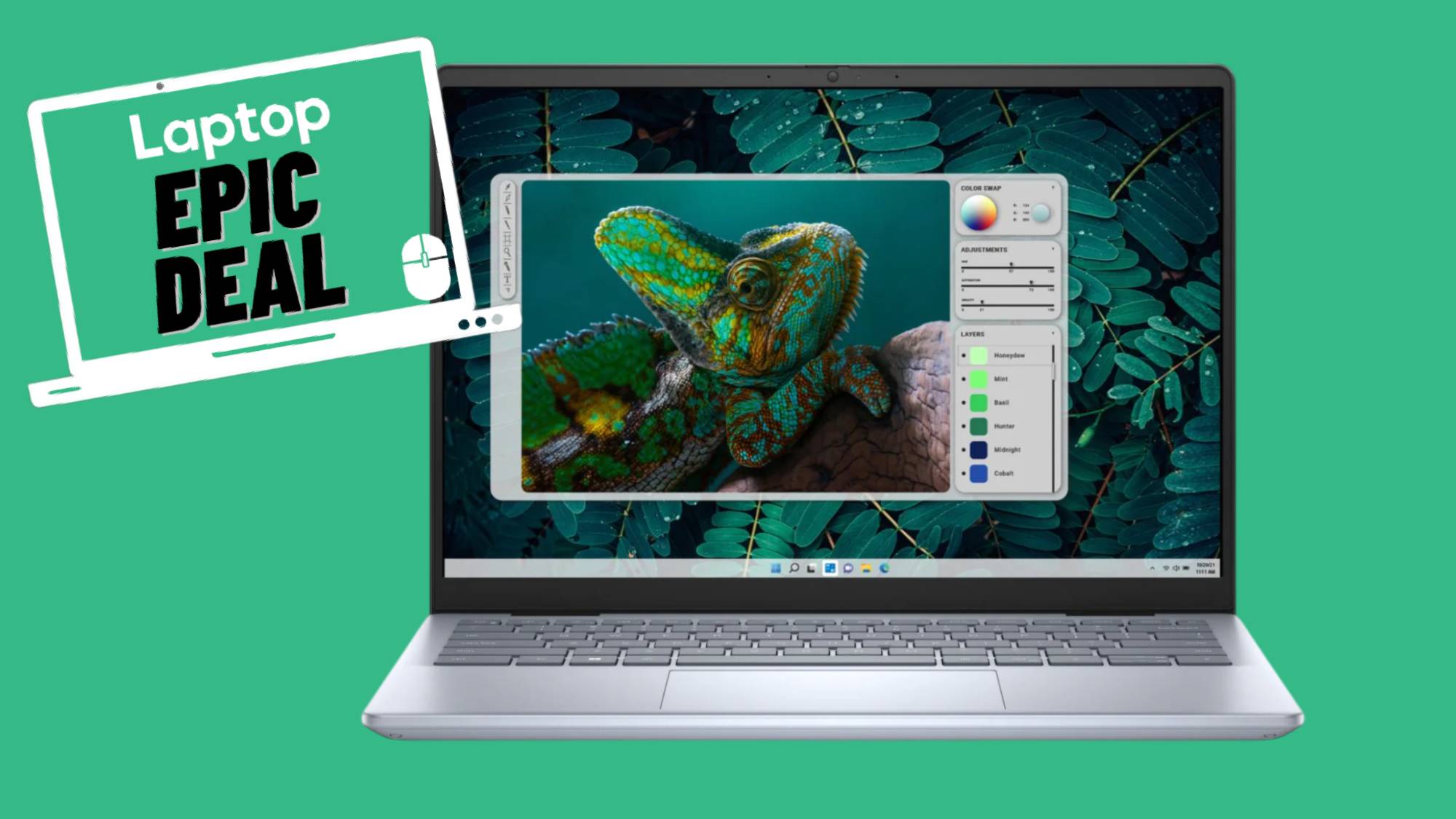Lenovo's Legion Go 2 may adopt a killer Steam Deck and Nintendo Switch feature
This new Lenovo Legion Go 2 leak has us brimming with excitement

The past week has been huge for handheld gaming enthusiasts, with the recent leaks and rumors surrounding the Lenovo Legion Go's successor arriving in droves.
In particular, a leak from Evan Blass on X reveals some key information on the new Lenovo Legion Go 2, paired with images shared by The Verge of the unannounced handheld device in full.
Beyond that, the Lenovo Legion Go S could be the first third-party SteamOS-powered device (which might explain the S in its name). Finally, reports suggest a second model of the Lenovo Legion Go 2 fitted with a killer feature found in the Nintendo Switch and Steam Deck's mid-cycle refreshes.
Yes, a Lenovo Legion 2 with an OLED panel has been leaked, which would make it the first Windows gaming handheld to implement such a feature.
Lenovo Legion Go 2 with an OLED panel is exactly what I wanted
According to The Verge, the original file names for the images provided by Blass suggest that one of the models could have an OLED panel. If true, it wouldn't be much of a surprise, considering mid-generation successors to other gaming handhelds did the same.
The Nintendo Switch OLED and Steam Deck OLED were both natural stepping stones for future iterations of their respective consoles. I expected the next Windows gaming handheld generations to follow in their footsteps, and this leak could indicate that's exactly what will happen.

Whether the Asus ROG Ally and MSI Claw will follow suit is up in the air, although we already know the MSI Claw 8 AI Plus will feature the same 1,920 x 1,200-pixel resolution and 120Hz refresh rate LCD panel, passing up on an OLED upgrade. However, the next iteration of the Asus ROG Ally could do just that in an additional, optional model.
Stay in the know with Laptop Mag
Get our in-depth reviews, helpful tips, great deals, and the biggest news stories delivered to your inbox.
The original leak, as reported by The Verge, suggests that the Lenovo Legion Go 2 will feature two models, one with an OLED panel and one without. It's the smartest way to handle the launch, as OLED panels are more expensive than IPS displays and might not be worth it to all buyers.
The original Legion Go already pulled ahead of its competitors in display technology, boasting the largest and crispest panel of similar devices at 8.8 inches with a 2,560 x 1,600-pixel resolution and a 144Hz refresh rate. Compared to the Asus ROG Ally (7-inches, 1,920 x 1,080p, 120Hz) and MSI Claw (7-inch, 1,920 x 1,080p, 120Hz), it isn't even close.
The Legion Go even offered the best color depth, averaging a DCI-P3 of 108% in our tests, which is far above the ROG Ally's 77% and Claw's 72.5%. In other words, the inclusion of an OLED panel could just be a continuation of Lenovo's commitment to going above and beyond in displays, rather than being a sign that other Windows handheld devices will follow the same trend.
Is OLED worth it for you?
What makes OLED so special? If you want your handheld's display to yield more vivid colors and deeper blacks, ensuring that every dark moment in a game or movie appears especially inky and all-encompassing, it's an absolute must-have. I invested in an OLED TV back in 2020, and it has absolutely spoiled my eyes ever since, greatly enhancing immersion while exploring a game's worlds.
There is no doubt that OLED displays are beautiful, but will this upgrade be worth the extra cost? The Lenovo Legion Go was already one of the more expensive handheld options, launching at $749 for its 1TB model, and it's possible that the OLED model will be significantly more expensive, especially if the next generation features the upcoming AMD Ryzen Z2 Extreme.

According to a Q&A session attended by Digital Trends, AMD claims it is targeting an early 2025 release for the Z2 Extreme. If that's true, the device's power increase will likely justify a successor returning to that launch price of $749, even without the OLED screen. Look at the Steam Deck, which has its OLED model priced at $150 more than the LCD version. If Lenovo follows a similar pricing model, we could see the Lenovo Legion Go OLED hit up to $899.
There's also something to be said about battery life, as OLED could negatively impact the Legion Go 2's battery life. Our only hope in this department is that the Lenovo Legion Go 2 offsets this larger power draw by following a similar path to the Asus ROG Ally X and MSI Claw 8 AI Plus and implementing an 80Wh battery.
What's next?
So, when will we learn more about the Lenovo Legion Go 2? CES 2025, one of the largest and most prestigious showcases of consumer technology products in the calendar year, runs from January 7 to January 10, 2025, and could be the ideal opportunity for Lenovo to reveal the upcoming Windows gaming handheld.
Considering AMD is striving for an early 2025 release for the AMD Ryzen Z2 Extreme, the series of APUs that power the largest Windows gaming handhelds, Lenovo may reveal the device alongside AMD's chips.
More from Laptop Mag

Self-described art critic and unabashedly pretentious, Claire finds joy in impassioned ramblings about her closeness to video games. She has a bachelor’s degree in Journalism & Media Studies from Brooklyn College and five years of experience in entertainment journalism. Claire is a stalwart defender of the importance found in subjectivity and spends most days overwhelmed with excitement for the past, present and future of gaming. When she isn't writing or playing Dark Souls, she can be found eating chicken fettuccine alfredo and watching anime.
